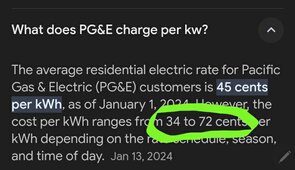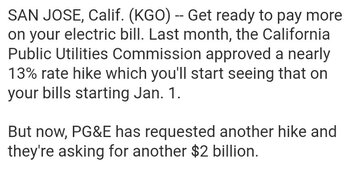robbob2112
Doing more research, mosty harmless
Shrug, when my 19 year old 50g tall started leaking around where the threads used to be at the top of the tank I had it replaced with a tankless gas model. For filling the jacuzzi there is no better way, other than that I think the savings are negligable. But, never ever, ever running out of hot water is priceless.








